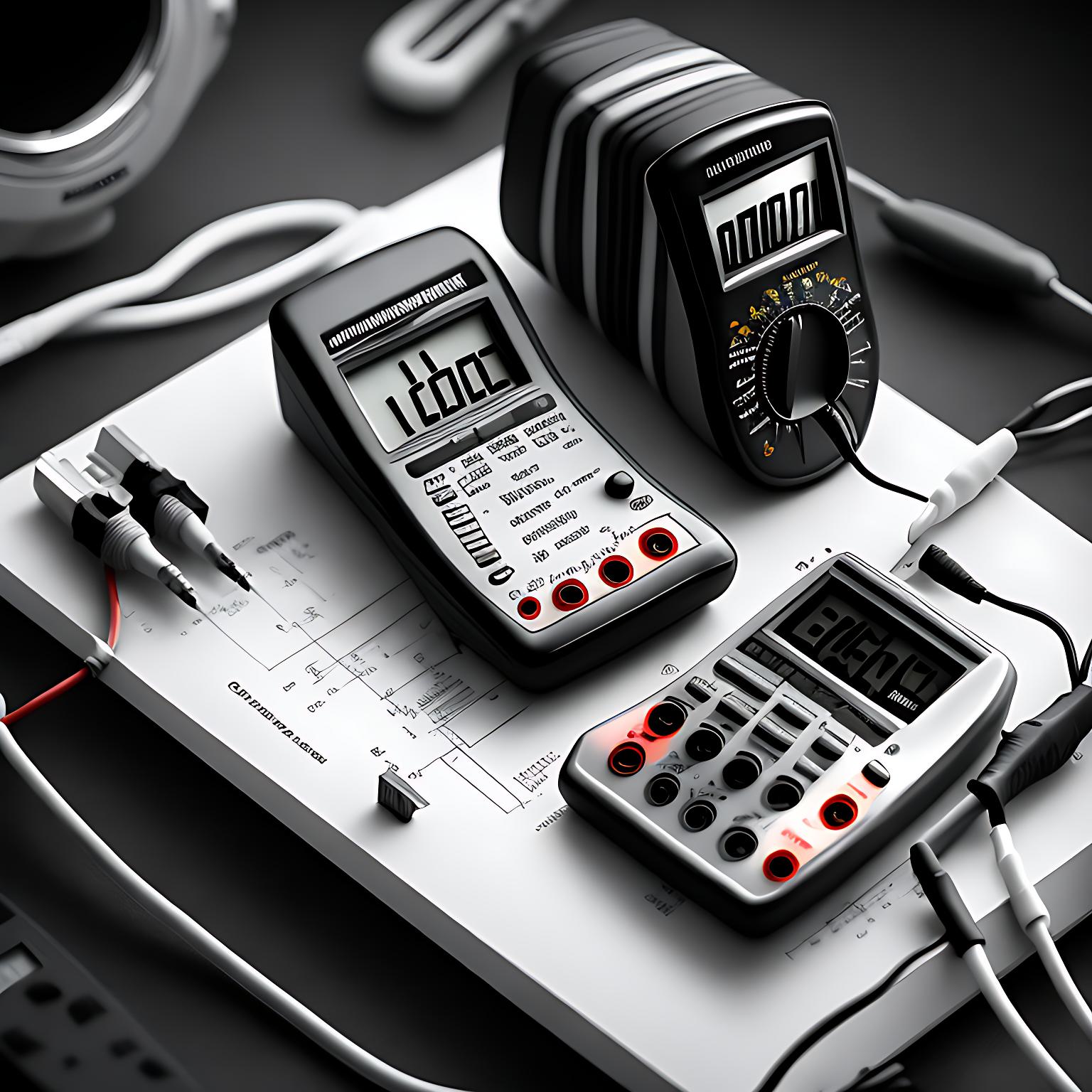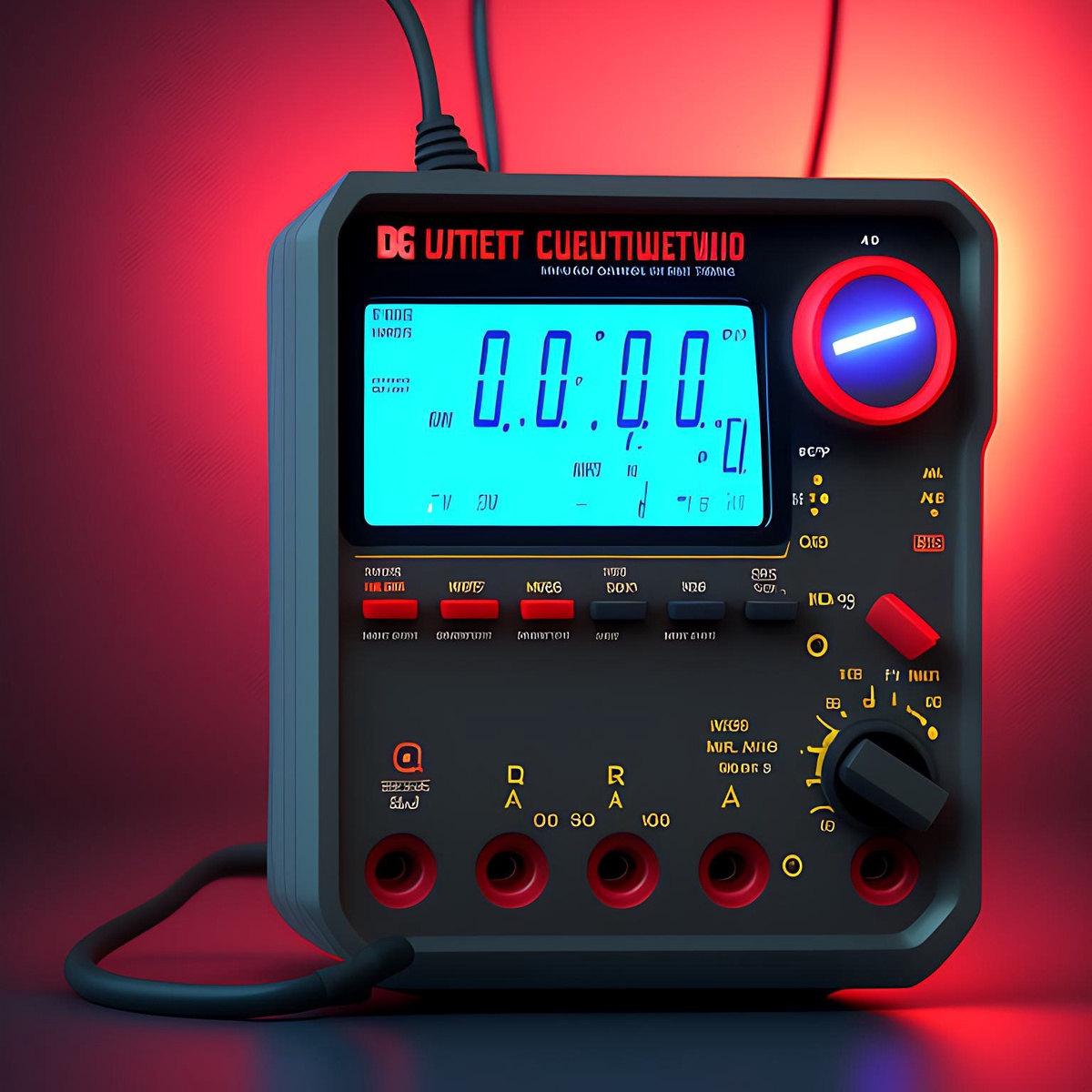How to check amperes using analog multimeter? To measure AC current with a multimeter, you should set the meter to AC current (often indicated as A with a wavy line next to it). Make sure you choose the appropriate range for the current you expect to measure, and connect the meter in series with the circuit or component you want to measure. It's important to note that not all multimeters can measure AC current, so check the specifications of your particular model to confirm that it can. Additionally, be sure to follow all safety precautions when working with electrical circuits, as AC current can be dangerous.
What is the importance of selecting the correct current range when measuring AC current?
Do you know, how to measure ac current using multimeter? Maybe yes, but let’s see the selecting the correct current range when measuring AC current is important for several reasons:
Accuracy
Selecting the appropriate current range ensures that the multimeter can measure the current accurately. If the current is too high for the selected range, the multimeter may not be able to measure it accurately, which can lead to incorrect readings.
Safety
Using the correct current range is essential for safety reasons. If the current is too high for the selected range, the multimeter may not be able to handle it, which can cause damage to the meter or even create a hazard for the user.
Preservation of equipment
Using the correct current range is also important for the preservation of the multimeter itself. If the current is too high for the selected range, it can cause damage to the meter's internal components, which can be costly to repair.
What is the difference between measuring AC current and DC current with a multimeter?
The main difference between measuring AC current and DC current with a multimeter is the type of current being measured.
AC current stands for alternating current, which means that the current is constantly changing direction, typically at a frequency of 50 or 60 Hz. This type of current is used in most household appliances and is typically measured in units of amps (A).
DC current, on the other hand, stands for direct current, which means that the current flows in only one direction. This type of current is commonly found in batteries, electronic circuits, and other DC power sources. It is typically measured in units of volts (V) or amps (A).
When measuring AC current with a multimeter, the meter must be set to AC current mode, and the range must be adjusted to the expected level of current. The multimeter measures the root-mean-square (RMS) value of the AC waveform, which is the equivalent of the DC voltage or current that would produce the same amount of heating in a resistive load.
When measuring DC current with a multimeter, the meter must be set to DC current mode, and the range must be adjusted to the expected level of current. The multimeter measures the average value of the DC waveform, which is simply the amount of current flowing through the circuit.
The main difference between measuring AC current and DC current with a multimeter is the type of current being measured, and the way that the multimeter measures the current
How should you connect the multimeter probes when measuring AC current?

When measuring AC current with a multimeter, the probes should be connected in series with the circuit or component that you want to measure. Here's how to do it:
- Turn off the power to the circuit you want to measure.
- Set the multimeter to the AC current mode (often indicated as "A" with a wavy line next to it).
- Choose the appropriate range for the current you expect to measure.
- Locate the point in the circuit where you want to measure the current. This may involve disconnecting a wire or opening a circuit breaker to insert the probes.
- Connect the red probe to the positive side of the circuit or component, and the black probe to the negative side. Make sure that the probes are firmly connected and that there is no other path for the current to flow.
- Turn on the power to the circuit.
- Read the current value on the multimeter display.
- When you are finished measuring, turn off the power to the circuit, and remove the probes from the circuit.
When working with electrical circuits, safety precautions should be followed at all times. AC current can be dangerous, and it's important to take appropriate measures to protect you and others from electric shock or other hazards.
What precautions should you take when measuring AC current to ensure your safety?
When measuring AC current, it's important to take several precautions to ensure your safety. Here are some important steps to follow:
Turn off power to the circuit or component you want to measure
Before you start measuring AC current, make sure that power to the circuit or component is turned off. This will help prevent electric shock or other accidents.
Wear appropriate personal protective equipment (PPE)
Wear rubber gloves, safety glasses, and other protective gear as needed to protect yourself from electric shock or other hazards.
Use the correct range and mode on the multimeter
Make sure that you have set the multimeter to the correct range and mode for the type of current you want to measure.
Connect the multimeter probes correctly
Make sure that you have connected the multimeter probes in the correct way for measuring AC current (in series with the circuit or component).
Keep your fingers and other body parts away from live conductors
Make sure that you keep your fingers and other body parts away from live conductors when measuring AC current.
Use a non-contact voltage tester
Before making any measurements, use a non-contact voltage tester to check for the presence of voltage in the circuit or component.
Keep the multimeter and test leads in good condition
Make sure that your multimeter and test leads are in good condition and that there are no signs of damage or wear that could affect their performance.
Measuring AC current can be hazardous, and it's important to take appropriate safety precautions to protect you and others from electric shock or other hazards. By following these steps and using common sense, you can help ensure a safe and successful measurement.


No comments yet